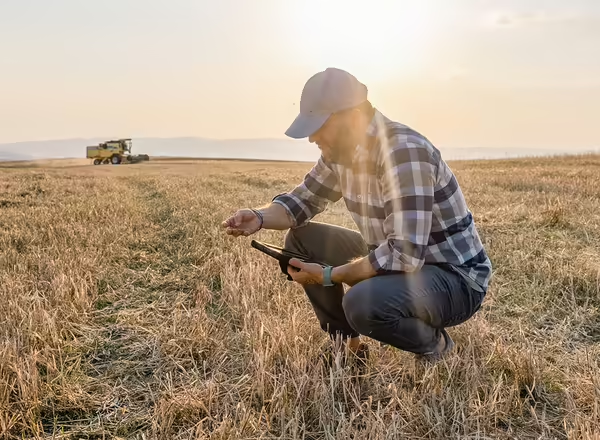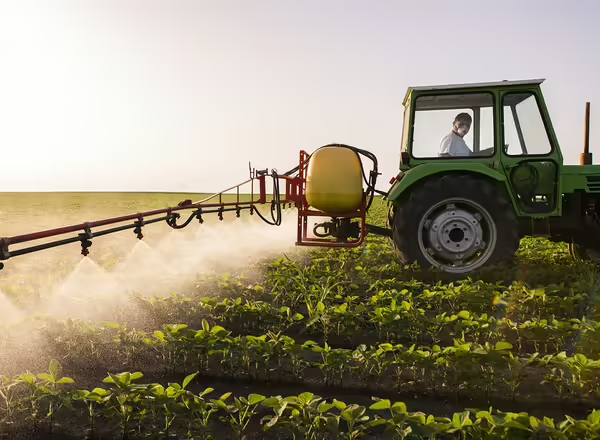Soil is the foundation of agriculture. No matter what you produce land is involved in some way, shape, or form, so we need to make sure that we are taking care of it and have its best interest at heart.

No-till farming is a practice that involves growing crops without disturbing the soil. This technique allows the soil structure to stay intact, increases the soil's ability to absorb water, and reduces erosion. When soil is undisturbed, the living things in the soil can flourish. A healthy soil biome can suppress plant diseases, and as the organic matter improves it will increase the soil's ability to grow nutrient-dense crops. No-till practices help keep a balanced soil profile allowing living things like worms and anaerobic activity to keep working while preserving topsoil.

The use of synthetic fertilizers and pesticides can be a useful tool for farmers in the moment but they are harmful to the organisms in soil as well as to other wildlife and disturb natural cycles. In addition to their effects on the soil profile, they often runoff and can pollute nearby waterways. They can also have effects on non-targeted organisms that are beneficial, like bees, earthworms, or soil microbes.
Tilling affects the soil profile by physically disturbing it, but chemical fertilizers and pesticides can have similar effects.
Plants are the only thing that absorbs carbon dioxide similarly, soil naturally stores carbon. When you disturb the soil that carbon is brought forward and when exposed, can transform into carbon dioxide. No-till practices minimize disturbance while keeping carbon stored in the soil. This also reduced the need for chemical fertilizers which can also affect soil health and diversity while having other unintended effects like water pollution.